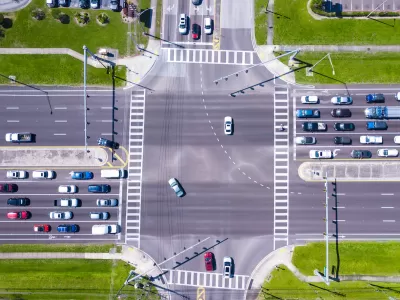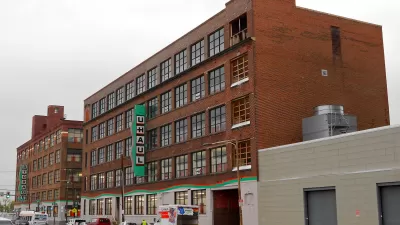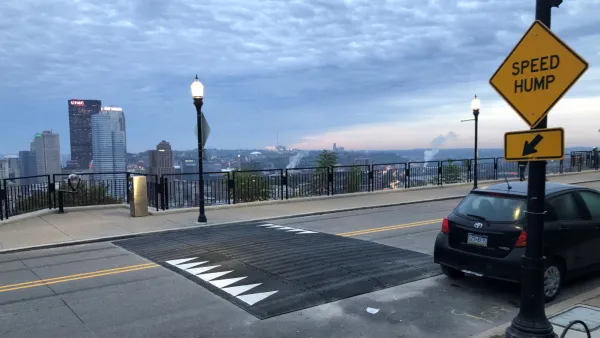And how transportation decisions could more effectively prioritize safety.

Writing in Streetsblog San Francisco, Roger Rudick describes the view of a transportation engineer working in the Netherlands, who says the American approach to transportation engineering contributes to our high number of road deaths and poor pedestrian infrastructure.
According to transportation engineer Steffen Berr, “the American transportation system is fundamentally broken because ‘transportation engineering’ is a specialty within civil engineering when it's really a separate field. They think ‘transportation engineering is just where the paint goes. They don't know what transportation infrastructure actually is.’”
For Berr, “It's why cities continue to widen streets or refuse to implement lane reductions that would actually reduce traffic congestion.” And “It's why American DOTs violate fundamental principles of safety, such as isolating the largest vehicles from the smallest and most vulnerable to the extent it's possible, and limiting speed with infrastructure wherever it's not.”
Berr says it’s not that the Dutch don’t complain about loss of parking. But engineers there take a more collectivist approach. Berr says “his responsibility as a European transportation engineer is to provide a street for everyone, not one for car throughput and parking, with every other consideration made secondary.”
FULL STORY: American-Dutch Engineer Calls Out Root Problem with American DOTs

Planetizen Federal Action Tracker
A weekly monitor of how Trump’s orders and actions are impacting planners and planning in America.

Map: Where Senate Republicans Want to Sell Your Public Lands
For public land advocates, the Senate Republicans’ proposal to sell millions of acres of public land in the West is “the biggest fight of their careers.”

Restaurant Patios Were a Pandemic Win — Why Were They so Hard to Keep?
Social distancing requirements and changes in travel patterns prompted cities to pilot new uses for street and sidewalk space. Then it got complicated.

Albuquerque Route 66 Motels Become Affordable Housing
A $4 million city fund is incentivizing developers to breathe new life into derelict midcentury motels.

DC Area County Eliminates Bus Fares
Montgomery County joins a growing trend of making transit free.

Platform Pilsner: Vancouver Transit Agency Releases... a Beer?
TransLink will receive a portion of every sale of the four-pack.
Urban Design for Planners 1: Software Tools
This six-course series explores essential urban design concepts using open source software and equips planners with the tools they need to participate fully in the urban design process.
Planning for Universal Design
Learn the tools for implementing Universal Design in planning regulations.
Heyer Gruel & Associates PA
JM Goldson LLC
Custer County Colorado
City of Camden Redevelopment Agency
City of Astoria
Transportation Research & Education Center (TREC) at Portland State University
Camden Redevelopment Agency
City of Claremont
Municipality of Princeton (NJ)





























